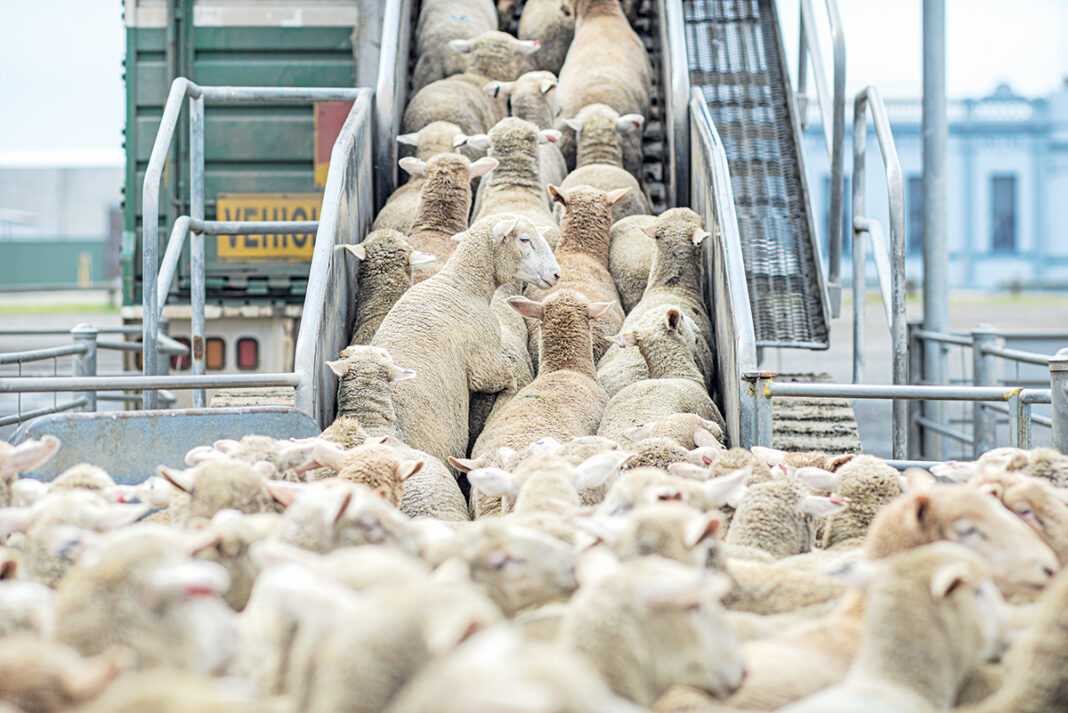Tight saleyard supply has continued to place upward pressure on prices in recent weeks, with a milder than average spring and continual rainfall supporting producers’ attitudes to add weight and hold lambs for longer, according to Meat & Livestock Australia.
With a lack of high temperatures throughout sheep regions, producers have been able to retain their new season lambs and add more weight, with pasture growth, quality and volume all enjoying optimal conditions.
These production fundamentals, coupled with the buoyant heavy lamb price and the continued favourable Australian dollar, are ensuring producers are dictating terms for market supply.
At present, the National Heavy Lamb Indicator is operating at a 91c, or 11%, premium to the same time in 2020.
For producers, large bodies of feed have ensured they have been able to hold onto lambs, adding weight to produce a better margin at the point of sale.
With a significant weather system moving across the eastern states at the back end of this week, any falls of rain will continue to provide producers with an incentive to retain their lambs as long as the mild temperatures continue.
In previous years, the peak of the spring flush has occurred in the first week of December.
In 2021, this may be delayed due to milder temperatures and continued rainfall, which is forecast to continue.
There will be a point where the weight of lambs cannot be driven any higher and supply will be provided to the market.
Although with current production and market fundamentals supporting the producer, these are ensuring saleyard supply continues to remain tight in seasonal terms.
As a significant low system moves throughout the eastern states the ability to deliver lambs to market may be hindered due to transport issues and road access.




